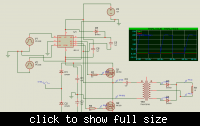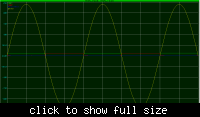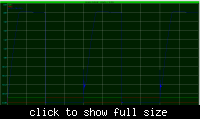CandleCookie
Advanced Member level 4

Follow along with the video below to see how to install our site as a web app on your home screen.
Note: This feature may not be available in some browsers.



You mean negative current polarity? To get a negative current with a resistor load, the output voltage must be negative, too. That's not possible with this circuit. There are however various issues:When the Vgs2 is on, the current should be in the negative side

Sorry, i had made a mistake. Actually, there should be a 12V battery at the resistor part. So, there will be negative current when the Vg2 on.To get a negative current with a resistor load, the output voltage must be negative, too. That's not possible with this circuit.
I think my main problem is what you had mentioned. For the pwm in the circuit, the voltage can't be set to higher voltage. It only can be 5V. Is there any methods to make the Vg1 works properly with 5V pwm?The gate voltage for the highside switch Q1 must be applied between gate and source, not between gate and circuit ground. Now Q1 doesn't turn on completely, as a result, the output voltage (and current) is only a small fraction of the value in regular operation.
- IRF250 has a gate threshold voltage up to 4V. To be fully turned on, it needs a gate-source voltage of 10 or 12 V.


Thanks Fvm. I'm using proteus and it does not have IR2110 so i tried to use IR2112 by referring to the attached circuit. I connected the Vs to the mid point of my original circuit. Is it ok?? But i can't use it with pwm. Is there any other ways for me to input pwm?As you have an input (bus) voltage of 24V, there should be no actual problem to derive a suitable gate driver supply. For the floating highside driver, you can refer to commonly used driver solutions as IR2110. Or design your own circuit implementing a bootstrap driver. The high side driver topic has been widely discussed at edaboard and you can find suitable IC driver solutions from many manufacturers, e.g. IRF, ST, Fairchildsemi.





Seriously, I can't comment the waveforms without seeing a corresponding circuit. To visualize the high-side transistor operation, you may want to plot Vgs rather than Vg.
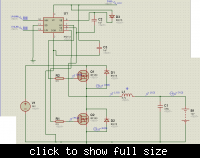

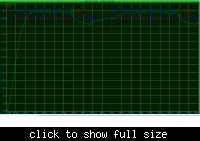
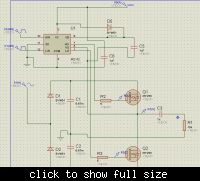
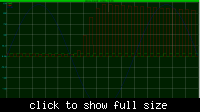



You didn't.IR2112 COM must be connected to the source of the low-side transistor.



From the data sheet, it states that SD is logic input for shutdown. What does this mean? Do I really need to put input to SD?that is surely wrong is the ground connection of the IR2112 SD terminal
the IR2112 COM pin must also be connected to the gate driver supply (D5) ground and the common ground of the control input.
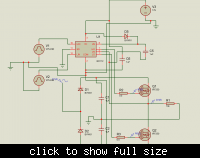
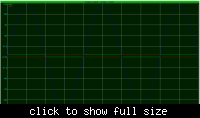
Vgs1 = R2(2)-Q1(s)And I can't see how Vgs1 and Vgs2 are measured.


